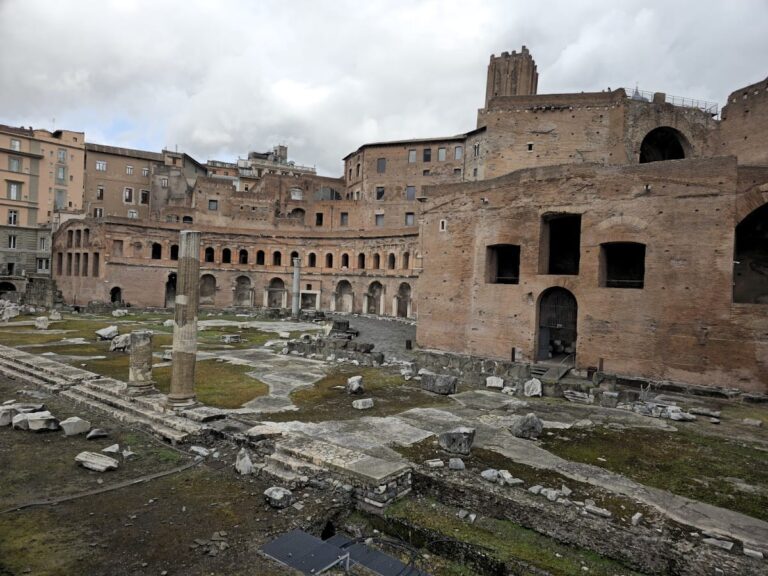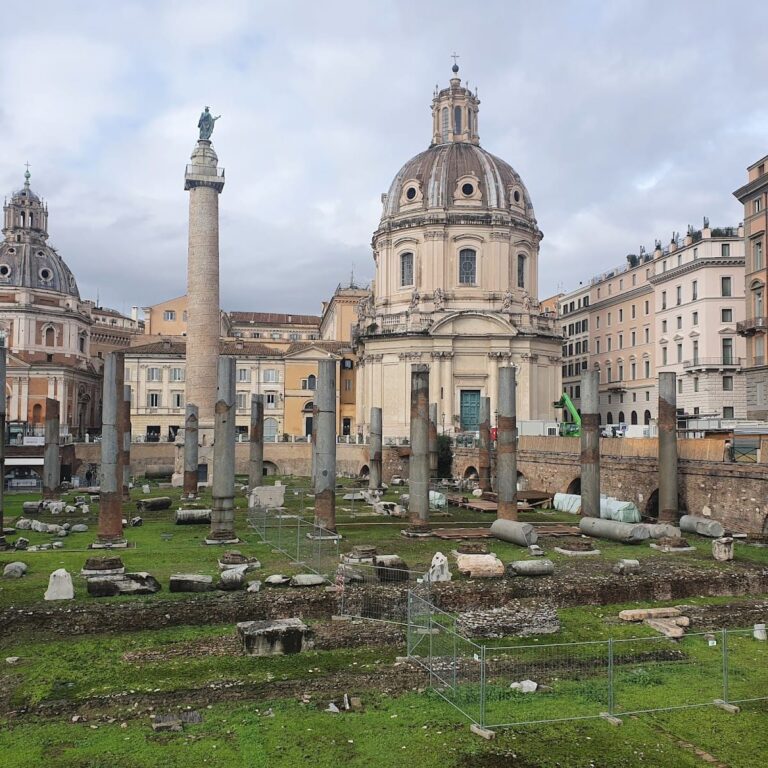Vicus Caprarius: An Ancient Roman Site in Rome, Italy
Visitor Information
Google Rating: 4.2
Popularity: Medium
Google Maps: View on Google Maps
Official Website: www.vicuscaprarius.com
Country: Italy
Civilization: Medieval European, Roman
Remains: Infrastructure
History
Vicus Caprarius is an archaeological site located in Rome, Italy, originally constructed by the ancient Romans. The site lies beneath the modern Trevi district and reveals a layered history spanning from the imperial period through the medieval era.
The earliest phase of Vicus Caprarius dates back to shortly after the great fire of Rome in 64 AD during the reign of Emperor Nero. At this time, the area was developed with an insula, a type of multi-storey apartment building common in Roman cities, providing housing for ordinary residents. This initial construction reflects the urban rebuilding efforts following the devastation caused by the fire.
By the mid-4th century AD, the insula underwent a significant transformation. It was converted into a luxurious domus, or private residence, richly decorated with colorful marble and mosaics.
In addition to residential use, the site includes a large water reservoir known as a castellum aquae, built in the 2nd century AD. This structure stored water supplied by the Aqua Virgo aqueduct, commissioned by Marcus Vipsanius Agrippa, a close associate of Emperor Augustus. The castellum aquae remained functional until the 6th century, when damage from Gothic invasions disrupted its use.
Despite the decline of the Roman Empire, the area saw continued occupation during the medieval period. Houses constructed with simpler materials were built in the 12th and 13th centuries.
Excavations conducted between 1999 and 2001 uncovered these successive layers of history beneath the modern city streets. The site was later restored and opened to the public in 2004.
Remains
The archaeological remains at Vicus Caprarius reveal a complex of buildings from the Roman imperial period, including residential structures and a significant water management facility. The site covers approximately 350 square meters beneath the modern streets between Via San Vincenzo and Vicolo Puttarello.
One of the principal features is the insula constructed after the fire of 64 AD. This multi-storey residential block was originally built using typical Roman construction techniques and materials. In the 4th century, the insula was remodeled into an elegant domus, distinguished by its lavish decoration. Polychrome marble panels and detailed mosaics adorned the interiors, reflecting the elevated status of its occupants. These decorative elements have been carefully preserved and are displayed in the on-site antiquarium.
Another prominent structure is the castellum aquae, a large water reservoir dating to the 2nd century AD. This tank was designed to store and distribute water brought by the Aqua Virgo aqueduct, which still functions today, supplying water to the famous Trevi Fountain. The castellum aquae’s robust masonry and layout demonstrate its role in the city’s water supply system. Although it suffered damage during the Gothic invasions in the 6th century, parts of the reservoir remain intact and visible.
Excavations also uncovered fragments of marble statues, including the head of Alexander Helios, one of the children of Mark Antony and Cleopatra, highlighting the artistic richness of the site. Additionally, African amphorae used for transporting oil were found, indicating trade connections and the presence of imported goods.
A remarkable discovery was a hoard of over 800 coins, thought to represent the savings of a servant or lower-status individual.
The site also preserves evidence of medieval occupation, with remains of houses built from rudimentary materials dating to the 12th and 13th centuries.







